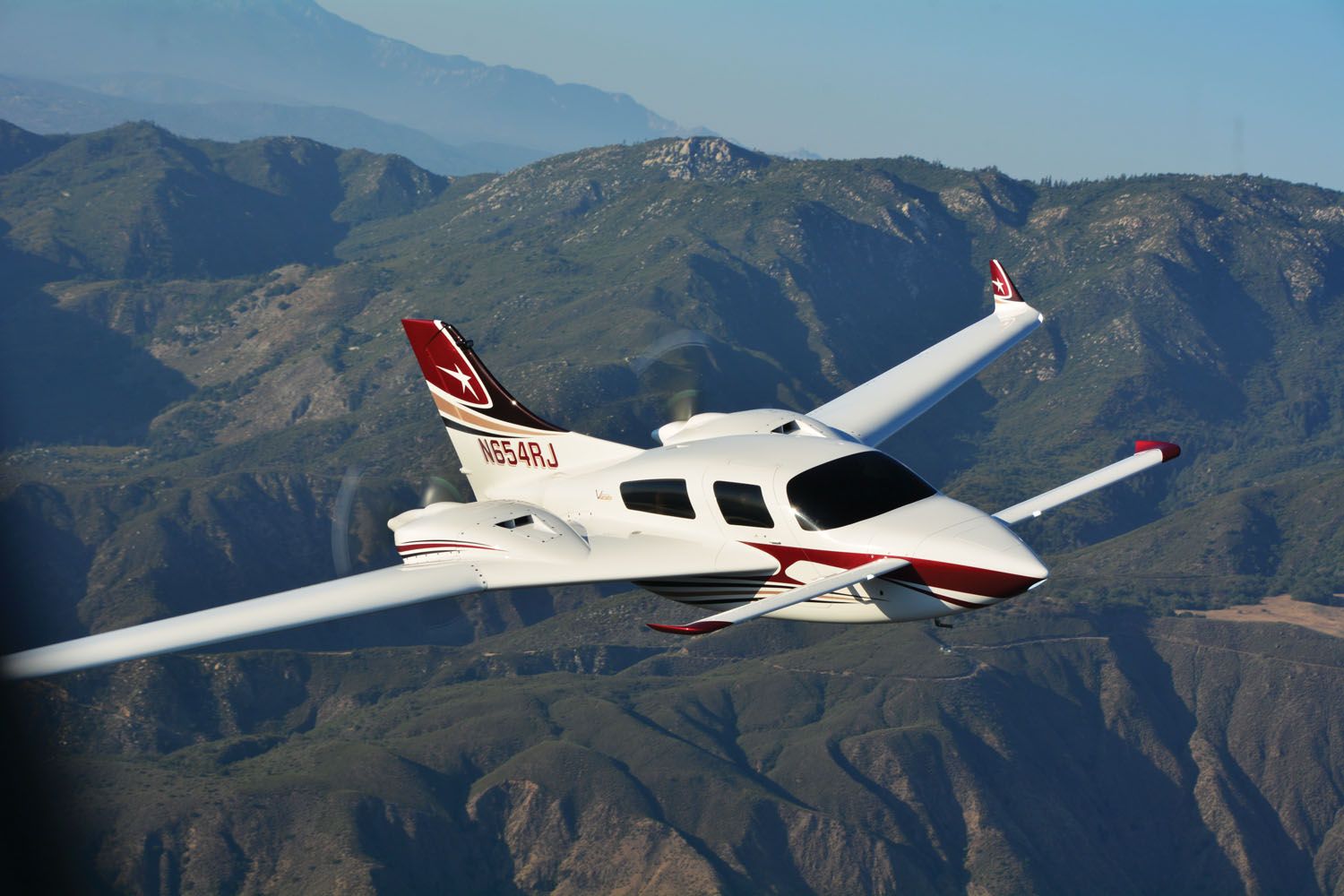 If we normally stick close to the more practical end of kit building in this magazine, this isn’t one of those times. Instead, as we take a look at Star Bird, the Twin Velocity brought to flight in an amazingly short 16 months by Ron Jones of Oceanside, California, what we’re doing is celebrating both the performance and build quality obtainable at the higher end of the amateur-built market.
If we normally stick close to the more practical end of kit building in this magazine, this isn’t one of those times. Instead, as we take a look at Star Bird, the Twin Velocity brought to flight in an amazingly short 16 months by Ron Jones of Oceanside, California, what we’re doing is celebrating both the performance and build quality obtainable at the higher end of the amateur-built market.
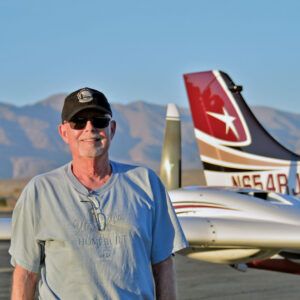
So, if we must say this is not an airplane for the casual hobbyist builder or pilot, we can also say Star Bird posts benchmark features and design, especially in the cockpit, along with the perhaps unexpected efficiency that comes with running two naturally aspirated four-cylinder engines in a canard airframe. All said, there is nothing else quite like it.
Legacy Achievement
Ron certainly paid his dues to make the Twin Velocity the apogee of his personal flying career. A professional pilot with seven years mainly as a T-38 instructor pilot/examiner in the Vietnam-era Air Force along with an airline career spanning the Boeing (727, 737, 747, 777) and DC (-8 and -10) ranges, Ron has also logged an impressive general aviation background trotting all over North America in a Cessna 182, Beechcraft Travel Air and Baron, plus a Grumman Traveler. On top of that, Ron built an especially sleek Lancair Legacy for himself along with four other Legacys for friends. Educationally, Ron was also positioned for the modern era as he has a BS in math/computers (minor in economics) along with a master’s in systems management that included a thesis titled “The Design of Glass Cockpits.” Talk about putting college to good use.
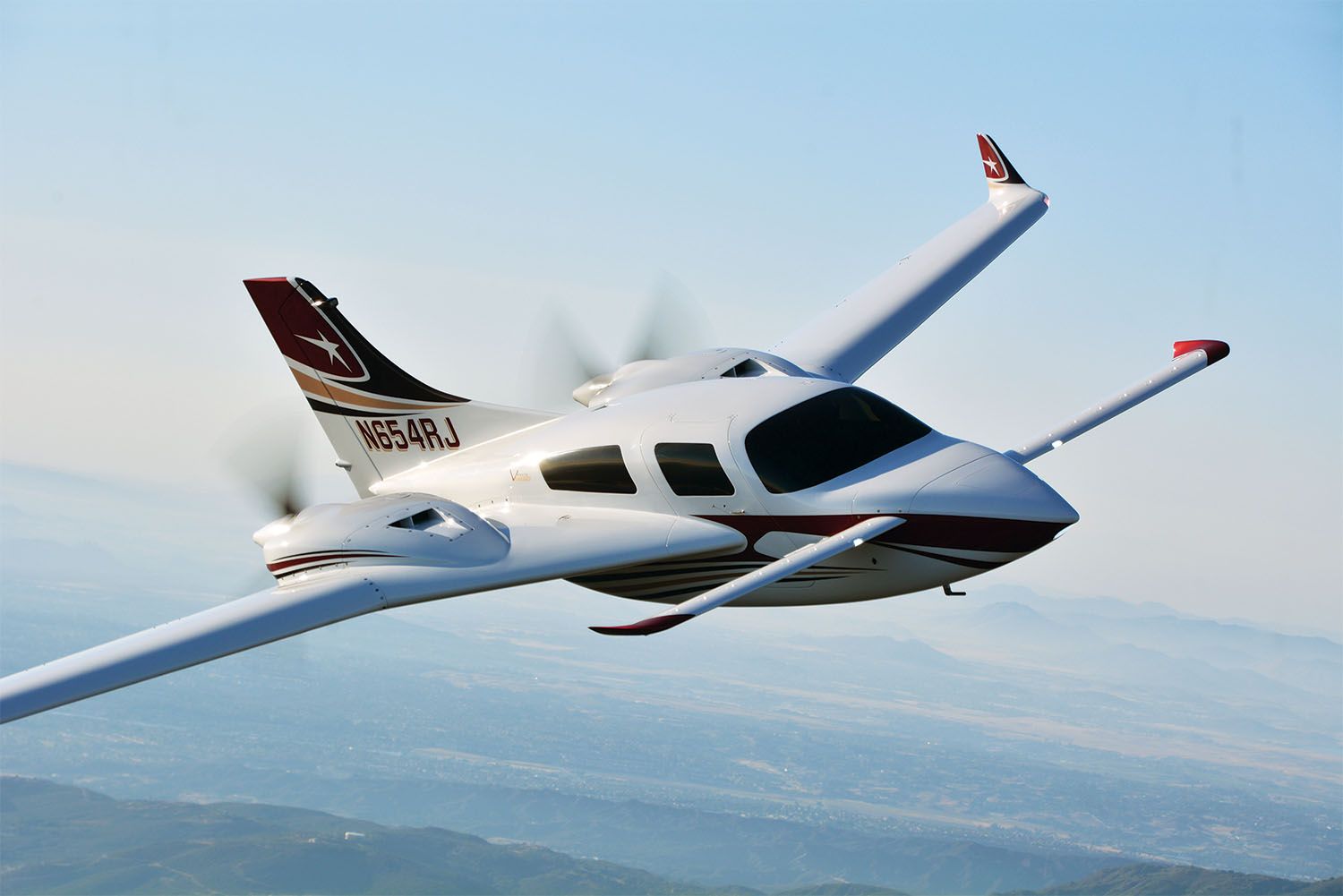
In short, Ron came to love the performance, safety and handling of the Baron while simultaneously learning to dread its financial horrors as a maintenance hog and certified airplane. Likewise, if the Legacy set aside the bureaucratic morass of the certified world while delivering exciting performance, its two-only seating and somewhat limited load capacity eventually had Ron seeking a change.
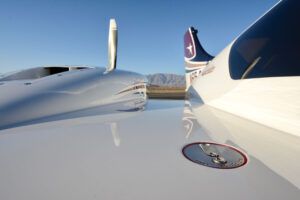
It didn’t take Ron long to gravitate to the Twin Velocity. Attracted by the can’t stall canard design that neatly sidesteps the control challenges of conventional twins with a dead engine at low speeds, Ron also appreciated the Twin Velocity’s unique combination of four-place seating and 20-gallon-per-hour fuel consumption while cruising at 205 knots (236 mph). Coupled with reasonable expectations of a 1000-mile range, the Twin Velocity is thus in the trans-continental class. Intrigued but realizing the complex build he was considering would require competent assistance, Ron was also won over by the extensive factory build program at Velocity. Because he could, he simply cleared his calendar for months at a time in order to establish living in Vrbo rentals near Velocity’s Sebastian, Florida, headquarters and dedicated himself to building his plane at the factory. The immense advantage of access to factory tools, labor and expertise is evident in the finished airplane. Something even more impressive is when Ron notes he began the build in June 2017, with the first flight taking place in October 2018! In all, he flew the painted airplane home after 23 months of building in Florida.

off each side of his canard.
A Factory Build
In Sebastian, Ron and Velocity got to know each other well. Owned by the Swing family headed by Duane, son Scott (“a real maestro…an awesome building resource”) and grandson Riley, Velocity also employs a squad of shop workers such as Chad Holland and Dave Griffin along with General Manager Bryan McCarthy, his wife Ingrid as Chief Pilot and resident A&P/IA Randy Gartner. Ron thus had direct access as needed to all of these people while in Florida, so not only was hands-on labor helping put the airplane together, but immediate engineering feedback was the norm when dealing with the airplane’s impressive list of special features.
Ever adaptable, Velocity offers such deluxe in-house building to customers at an hourly rate, or one can simply build without tapping into Velocity’s labor pool by paying a fixed hangar rent (importing your own outside contractors is not allowed). It’s also possible to have the kit parts shipped to the customer’s home for a traditional build scenario, but considering the build complexity and the depth of resources available at the factory, any additional costs with a factory build are beyond doubt well spent. Clearly Ron is a fan, saying Velocity was always scrupulously fair in their pricing and generous with their time. He was also deeply impressed by the factory workmanship and notes the factory appreciates on-site customer involvement because it keeps their talented workers busy during whatever slack there is between building kit parts. Furthermore, if the customer is building on site, it means Velocity doesn’t have to package and ship parts as kits, saving everybody time.
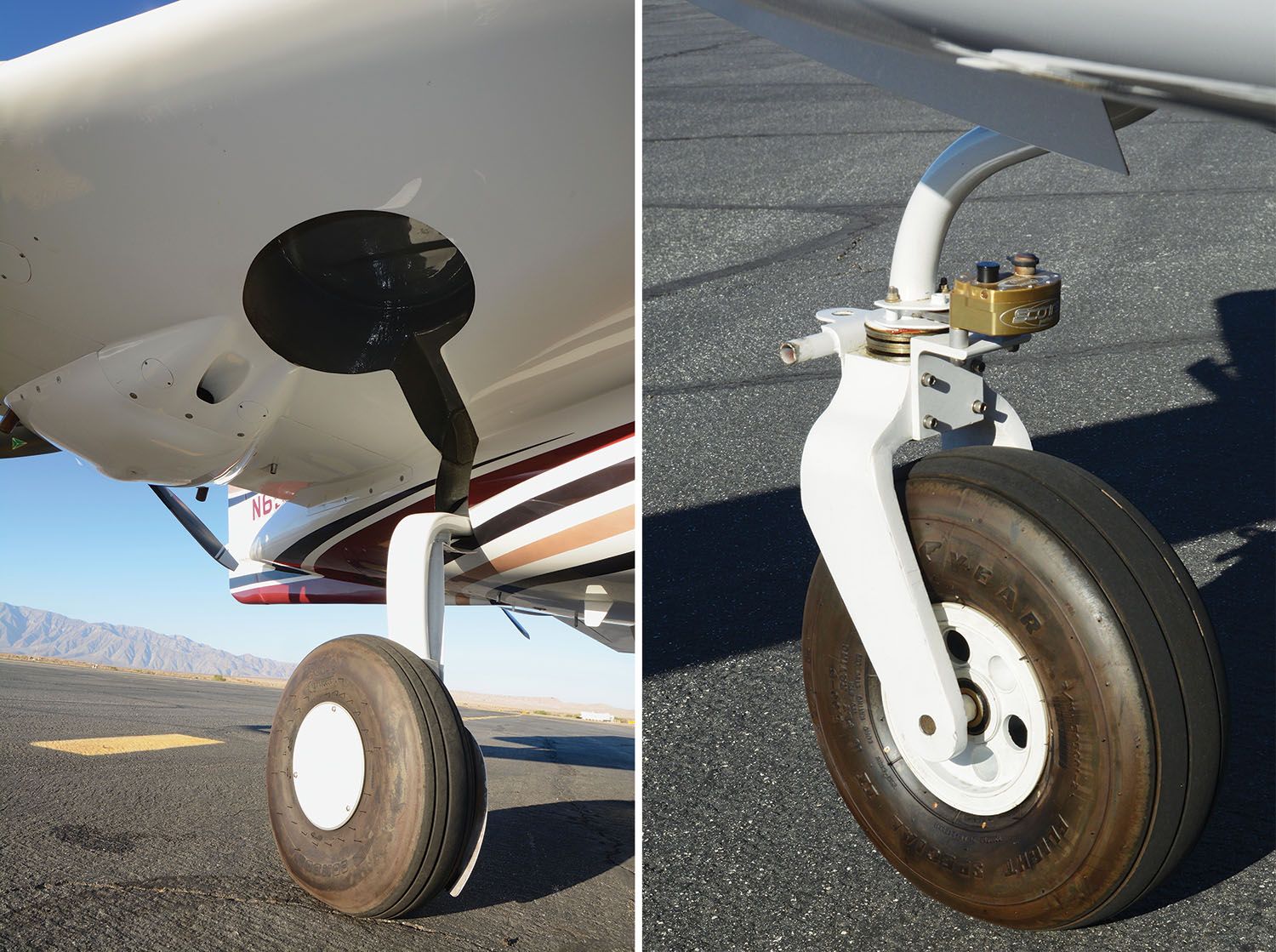
Velocity’s build sequence uses three hangars at the airport; the dusty work of putting together the composite airframe starts the process in the Build Center followed by a move next door to the Completion Center where the systems are installed and the airplane is mechanically finished. The third stop is to a contracted paint shop, which is a short taxi across the airport. This allows rapid, accurate, complete builds with a minimum of storage, moving, tool or part hassles to the builder. It’s likely this factory-located build is the only realistic method for most owners; for example Ron was already an experienced builder and parts manufacturer (his Legacy Innovations company offered Lancair fairings), and while he went into the Velocity build thinking he would assemble it at his West Coast home, he near instantly switched to moving himself to the East Coast when he saw the advantages of working at the factory.
In Ron’s case, building at the factory proved a two-way street, with Velocity rising to the challenges posed by Ron’s gadget-prone personality. They soon learned Ron wanted every option available plus a tote sack full of his own features—and that he was a discerning builder not interested in cutting corners. In the end, the Floridians simply let Ron approve every portion of the build and not just forge ahead as they would have with a standard build. Again, this was possible thanks to the generous time Ron dedicated to living on-site in Florida.
Strictly a fast-build kit, the Twin Velocity is impressively complete. Thanks in part to there being so much airplane to build, the factory can get much of the airframe together and still have their customer meet the 51% rule. When Ron arrived in Sebastian, all major airframe parts—wings, canard, ailerons—were already extant, and the fuselage halves joined with all windows installed and the assembly standing on its gear! Customer work begins by mounting control surfaces and such to complete the airframe. Of course, nearly all required brackets and hardware are already made. As a result, Ron found the assembly went quickly with no worries about ending up with a straight airplane because, while he was supplying the direction and much of the labor, you could also say it was factory built.
The Twin Velocity
From a builder’s perspective, the Twin Velocity is a single-engine Velocity from the cabin forward and a new plane from the cabin back due to the large single tail. Also, there are intricacies due to having two engines on the wings. The all-pushrod aileron linkage has more turns and reverses than an Iowa corn maze (but works great), and generally there is considerable hardware hidden inside the mid fuselage, especially in Ron’s plane.
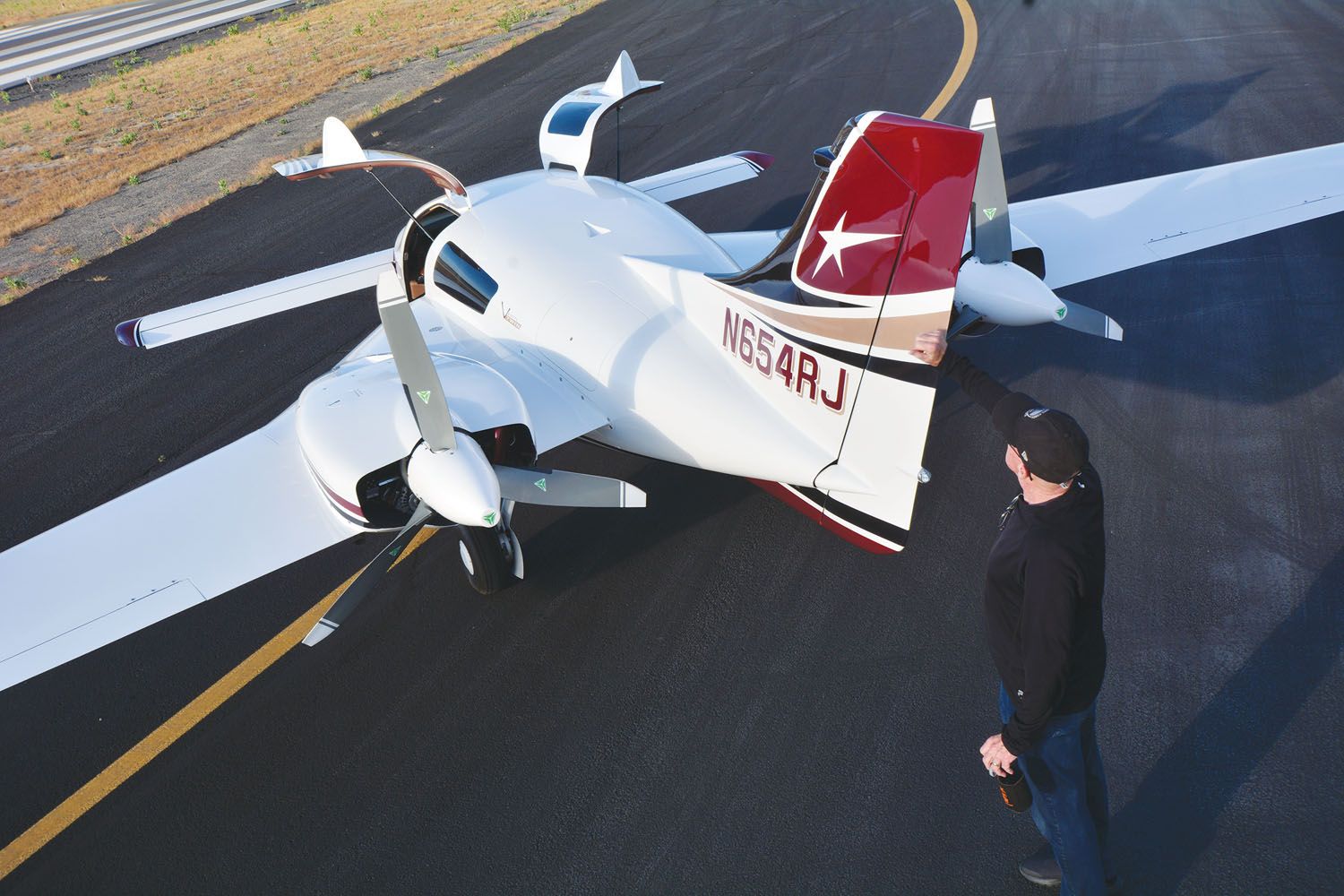
The airplane is electrically intensive.Ron employed two buses—one well forward in the cockpit, one aft by the cabin bulkhead—along with a ground bus. The composite airframe doesn’t allow grounding through it in any case, and with this electrical complexity and loads it would not be desirable anyway. Ron’s is ostensibly a 28-volt aircraft, with dual 150-amp Plane-Power alternators and dual ship’s batteries. Selecting the alternators early in the build drove Ron to the high-output—and wincingly expensive—alternators, and after finding efficient heaters and air-conditioning he believes his first choice of the approximately half-priced 70- amp, 28-volt Plane-Power alternators would have been fine.
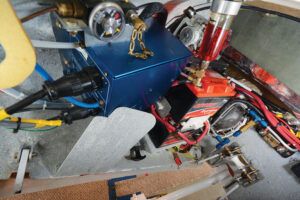
Other than the elevated electrical loads and unusually numerous circuits, Ron’s plane differs little to an experienced composite builder. One of the more critical joins is bonding the spars to the fuselage, but this is done for you in jigs during a factory build. It’s worth noting that once the spar is in place the fuselage is too wide for ground transport, something for homebuilders to consider.
Ron also emphasized Velocity keeps composite materials in bulk at their Sebastian facility, saving much time. One favorite is instead of tediously measuring and pouring ratios of two-part resins, you simply draw automatically measured materials from a commercial dispenser, like so much soft serve ice cream. All you have to do is stir it.
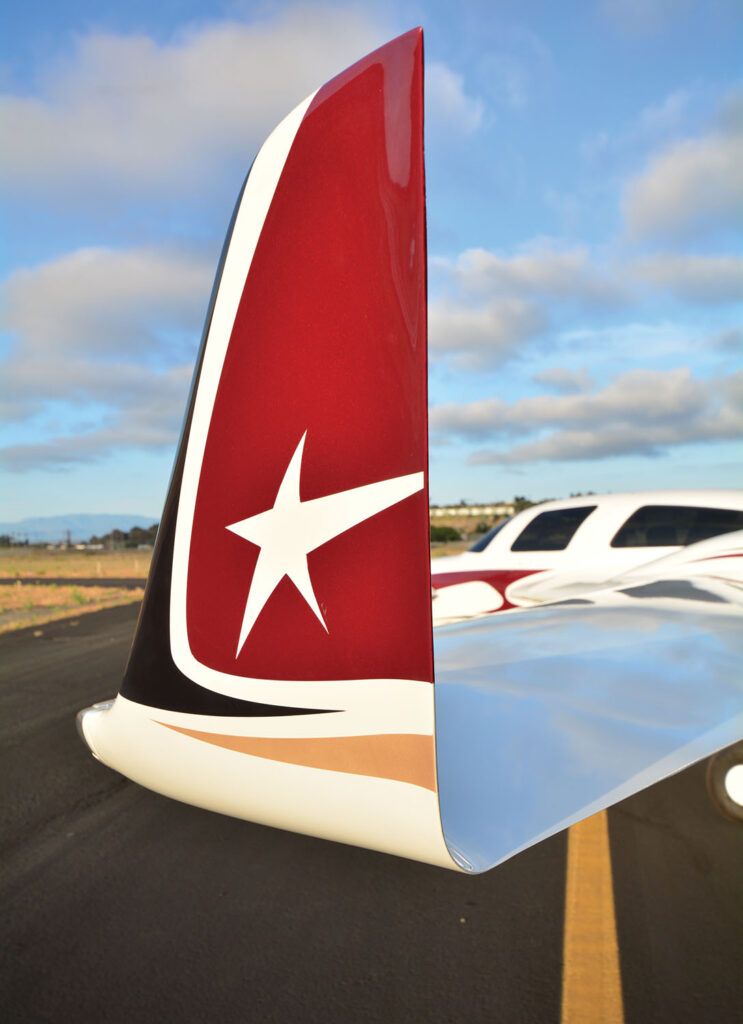
Options. Lots of Options.
Asked how much extra time his options might have added to the basic Twin Velocity build Ron answered, “I was so focused on building the airplane that I didn’t keep a builder’s log…I took lots of photos…[and] worked six and a half days a week, plus their [Velocity’s] hours.” Whatever huge number of turns around the clock went into Ron’s airplane, the result is feature-rich. These included Velocity’s offerings of fuel quantity view ports in addition to the electric fuel gauges, a parking brake, an external power point and jack points. To these Ron added an oxygen system, air conditioning, revised electric heaters, seat heaters, built-in camera, additional cockpit and external lighting, cable released nose access door, winglets faired into the wing, wider engine nacelles, VGs on the canard, various small fairings, pneumatic door seals and a feature-packed glass and leatherette cockpit that would do justice to a luxury car.
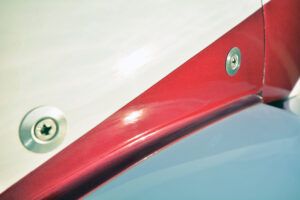
Ron says the air conditioning required the most time and engineering, along with being one of the most satisfying accomplishments. “I love my air conditioning,” he crows, going on to say other small-plane AC systems he’s tried fall short due to inadequate capacity and trying to blow cool air forward through the cabin instead of piping it forward and directing it straight on the occupants. After much research and citing their success with Lancair IV installations, Ron chose a complete system from Flightline AC. This let him begin installation with all hardware—condenser, evaporator, fans, relays, hoses and so on—but integrating the system into the airframe still took nearly everyone in the Velocity shop.
Step one in the AC install was siting the evaporator box and the “hotbox” with the fan-assisted condenser and electrically driven compressor inside. Luckily the Velocity has room on both sides of the aft cabin bulkhead for these items—even if the aileron control rods and other bits need relocating or adjustment. The baggage compartment floor needed modification for the refrigerant lines, plus the obvious custom mounts for the evaporator and condenser boxes. Additionally, various displaced electrical items moved one bay aft to custom mountings in the tail cone.
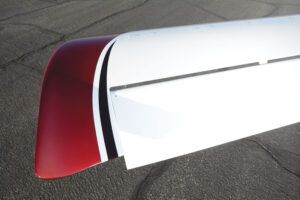
To get the cold air forward Ron enlarged the overhead cabin duct and employed oversize eyeball air vents. Because the system can be run in fan-only mode, Ron also has the ability to force ventilate the cabin with outside air should it be clement enough. Both fresh air and recirculating AC and fan-only modes are available, the fresh air entering from atop the fuselage (through a closable NACA vent to prevent rain intrusion) while condenser cooling air ingresses and egresses via a pair of grilled oval openings in the belly.
Ron enthusiastically reports excellent AC performance. On truly hot days he simply fires up the engines, turns on the AC and closes the doors, the cabin cooling as fast as a modern car interior.

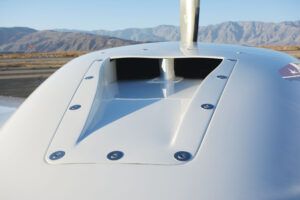
Heating the cabin also took a fair bit of brainpower. Unimpressed by the finicky, maintenance-prone fuel-fed heaters found in most twins, Ron scoured the aftermarket for an all-electric alternative, which is a tall order even at 24 volts. Discovering DC Thermal, maker of automotive aftermarket cab heaters, proved pivotal. Selecting their most powerful 24-volt, 45-amp offering, Ron tested it by hooking it to Velocity’s 24-volt golf cart where it proved, um, adequate. Wanting more airflow, Ron elected to use two heaters, and after considering mounting them in the nose compartment but realizing he needed that real estate for other things (oxygen bottle), he settled on mounting one heater along the outside of each footwell at approximately knee height. Subsequent flight testing with the alternators online showed plenty of heater airflow—considerably more than with the golf cart test—and his custom fiberglass diverters did a good job of distributing the warm air. This is further aided by the general front-to-rear airflow in the cabin while in flight, meaning the rear seaters stay just about as warm as the front seaters. Furthermore, using two heaters gives dual-zone temperature control so Ron and his wife need not quarrel over heater settings.

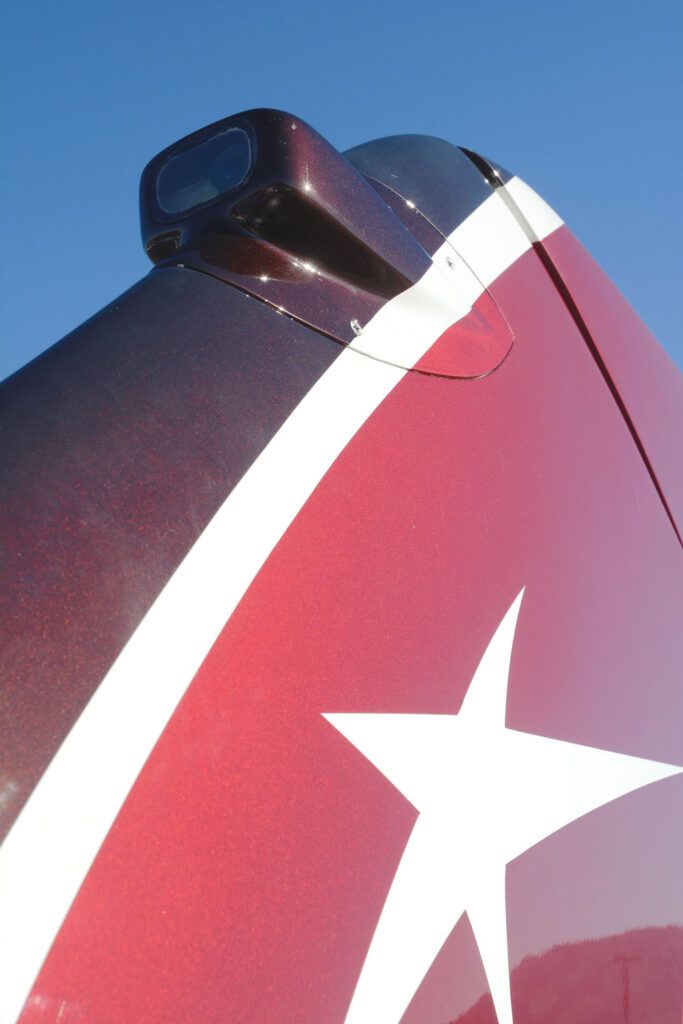
As if the dual heaters are not enough, Ron fitted seat heaters so long-duration, high-altitude flights are comfortable any time of year.
Another Ron favorite is the Aero Safety Systems warning panel. Displaying a series of lit warnings (gear position, doors open, etc.), the installation also includes a flashing master caution lamp mounted separately high atop the instrument panel along with audible voice warnings (both of which can be muted). Everything is programmable, including which functions are monitored and what parameters are targeted such as airspeeds or temperatures. Furthermore, the master caution light is driven by the Garmin G3X displays to prompt attention to them.
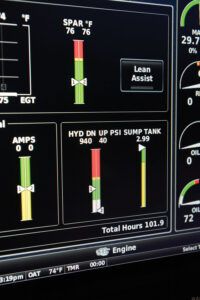
One interesting parameter Ron has in the warning panel is “spar temperature.” This responds to thermocouples in front of the engines on the back of the spar. Obviously watchdogging against engine fires, Ron considers them especially important because the engines are not visible from the cockpit. He also wired thermocouples to the AC compressor outlet to guard against any thermal events in the air conditioning’s hotbox, which is likewise invisible and inaccessible in flight in the aft fuselage.
Curiously, Ron was the first to fit a Twin Velocity with a built-in oxygen system (his is the sixth Twin Velocity built). He was already well versed in oxygen’s benefits having become a real fan of the Mountain High system in his Legacy. In the Velocity he plumbed a pulse-demand Mountain High system to four seats. A 48-cubic-foot carbon fiber bottle was the largest that would fit in the nose compartment, the perfect location for both weight and balance along with ease of servicing, and it’s enough to make a coast-to-coast round trip given the Velocity’s rapid cruise.
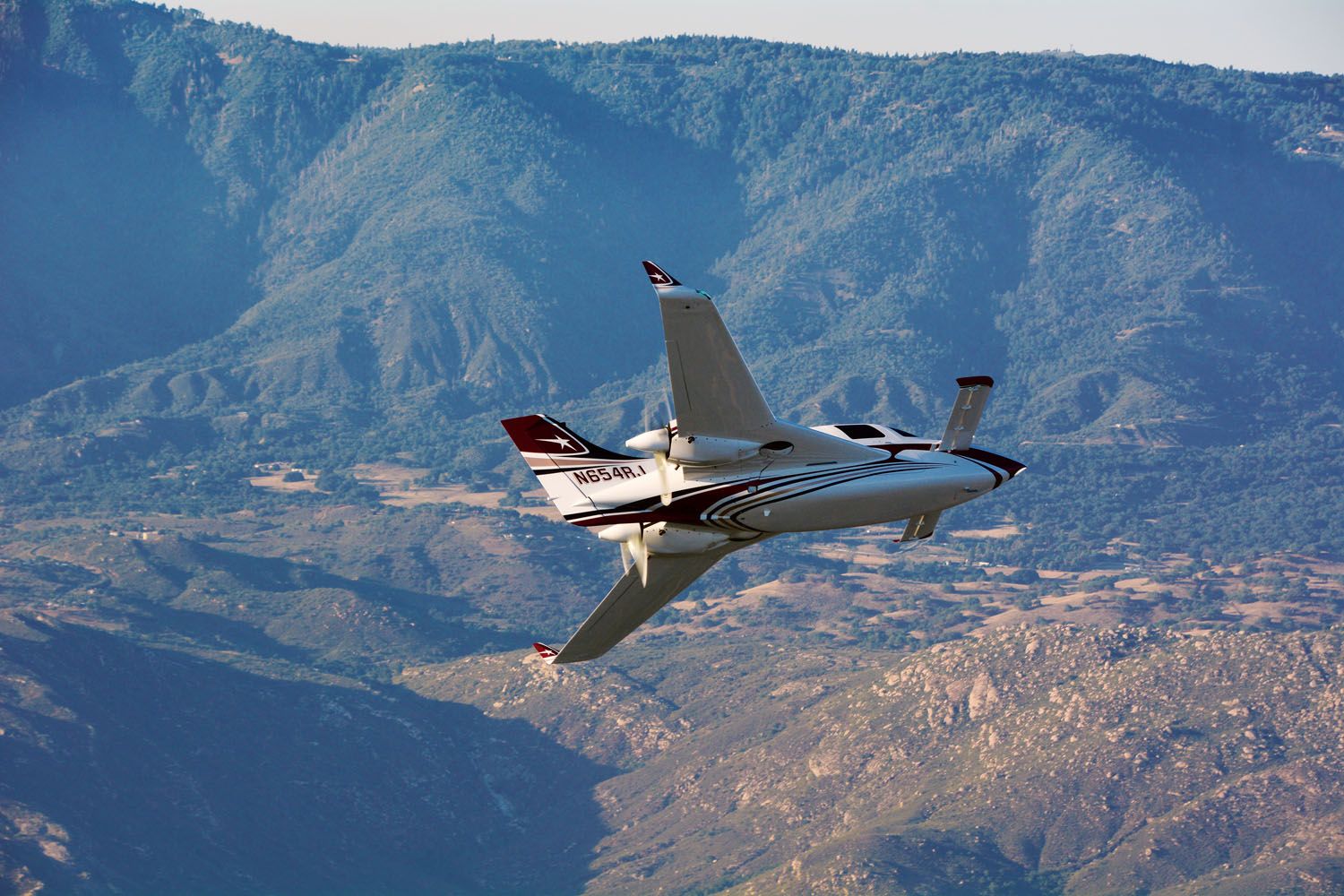
It’s worth noting the oxygen system requires running two sets of vinyl tubes per outlet—one standard pulse flow and one emergency continuous flow—along with some wiring to the control head. Given the flexible tubing, Ron says it’s all pretty easy routing, and Mountain High provides plenty of material.

Of course all the air conditioning and heating is of little use if you’re sitting on orange crates for hours on end, so Ron paid special attention to the seating. With much help from Justin at Velocity, the seats were given temper foam buns and along with all other soft surfaces in the interior, upholstered in Ultra Leather, a synthetic material that is impossibly soft, doesn’t craze like real leather and is so nearly perfect it makes hopeless leather aficionados such as ourselves eager to put it in our next build. The aforementioned seat heaters were sourced from Amazon and the seats given toolless attachment for rapid removal through the huge, easy access doors. With Ron near obsessively investigating every nook for improvement and wanting to incorporate a lifetime’s experience, the interior details are truly too numerous to enumerate, but we’ll quickly point out that besides the obvious interior highlights, there are numerous, more nuanced changes. The rear seat headrests matching the stock front thrones, several handholds and grip points, and double-contrast stitching are a few examples.


Also remarkable inside is the burlwood treatment on the non-upholstered trim surfaces. This is actually a hydro dipping process Ron sourced through Stein Air while ordering all his avionics there. Parts are dipped in a water solution carrying a transfer film floating atop the water’s surface, so as a part is extracted the burl pattern wraps itself onto the part, which is subsequently clear coated. The treatment stands close inspection and is cataloged so additional coverage or repairs are an exact color match, even if done by another facility. Ron took advantage of this as his control sticks were given the burlwood treatment much later and at a different shop than the rest of the interior panels.
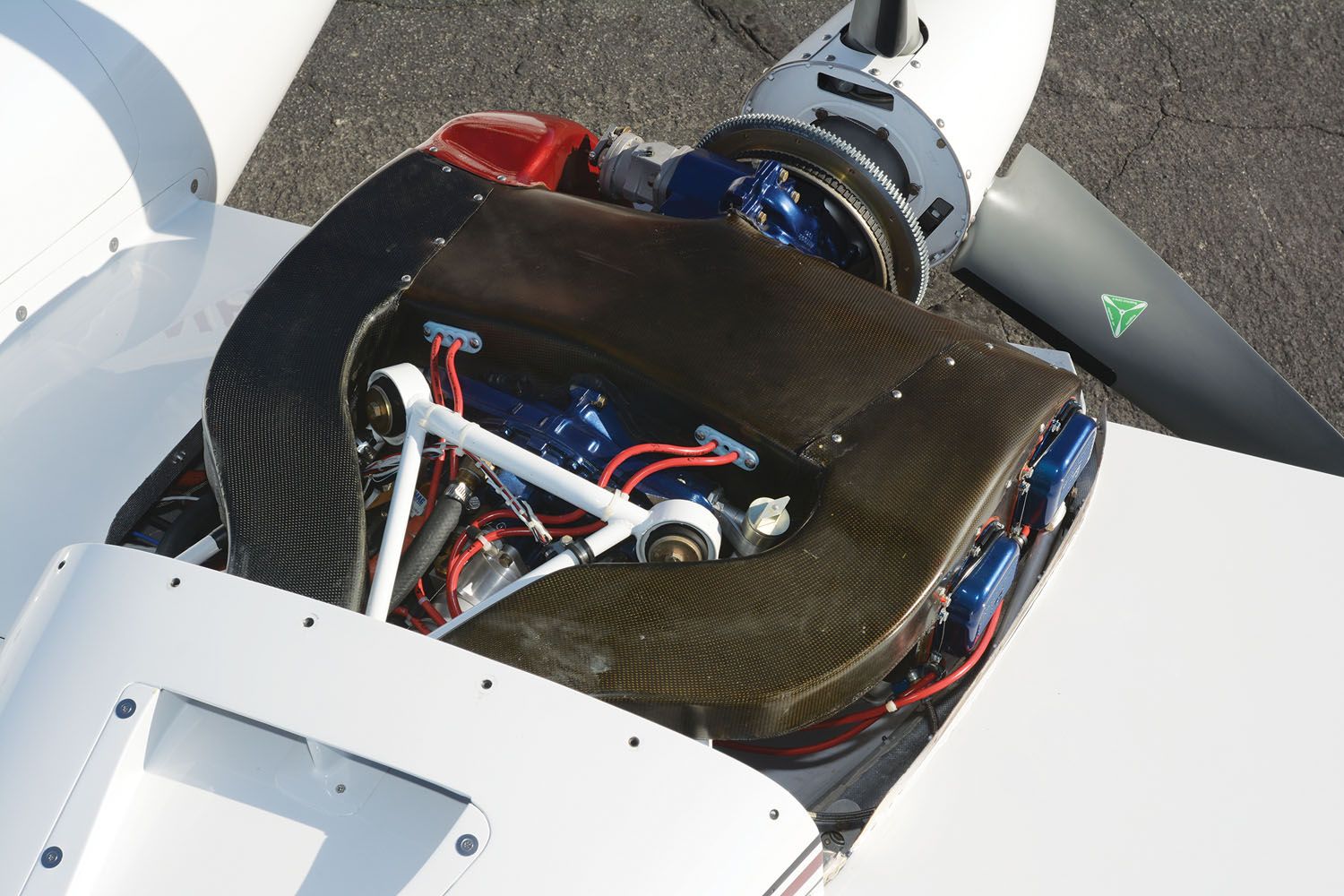
Power and Speed
Speed is the ultimate luxury as any gearhead knows, and Star Bird has what the man from Rolls-Royce automotive used to understatedly call an “adequate” supply of thrust. But by using four-cylinder engines instead of the more expected six bangers, and naturally aspirated ones at that, the Twin Velocity blends an interesting combination of fuel efficiency and range with its speed.
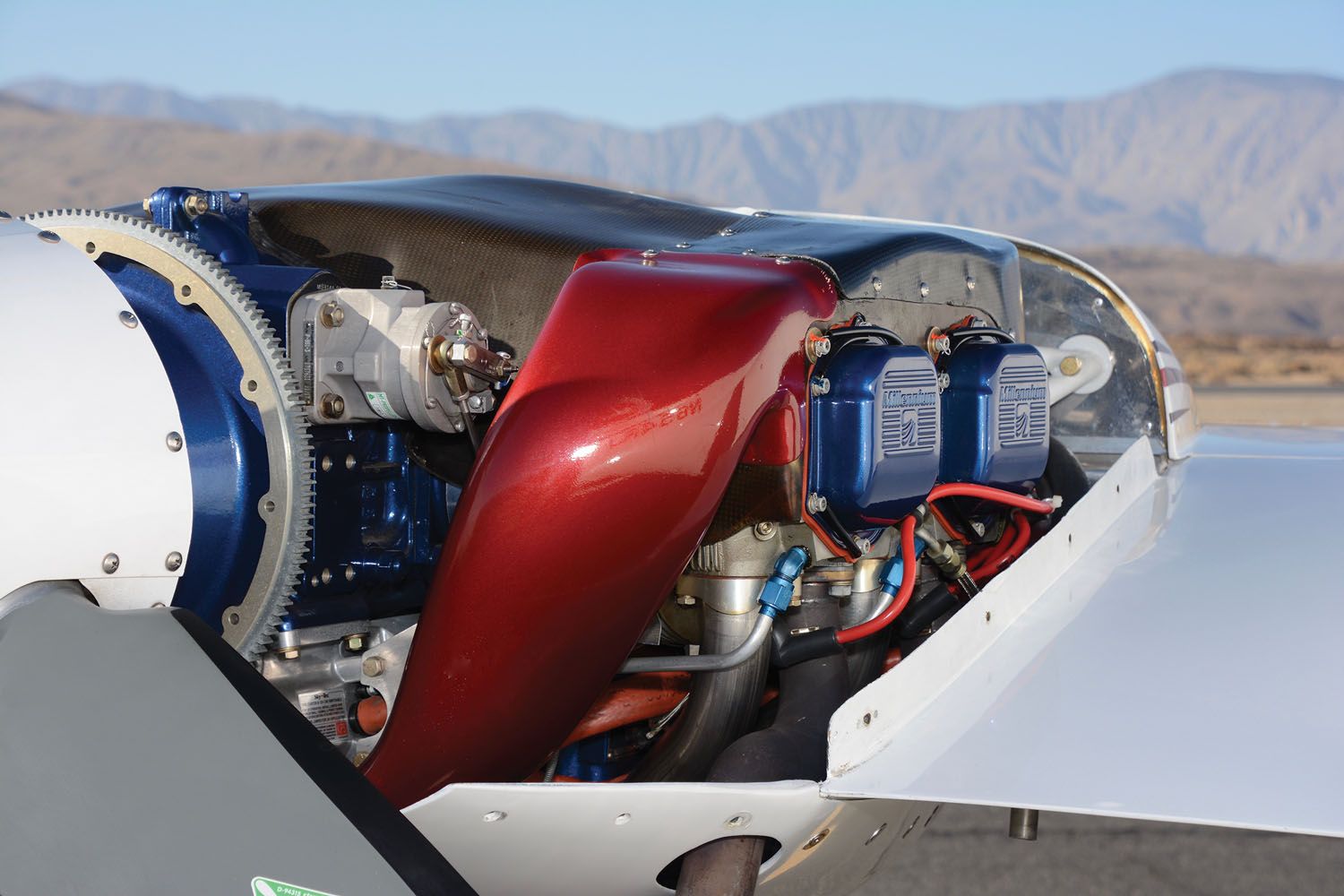
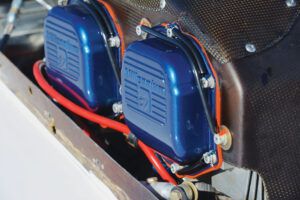
Wanting all-new powerplants with the latest features such as roller lifters, Ron sourced a pair of unassembled 9.0:1 compression IO-360-B4GD3-6 engine kits from Superior, minus the Superior crankshafts. New Lycoming counterweighted crankshafts were fitted for smoothness, a recurring theme in Ron’s powertrain story that includes balanced rods, pistons and Lord engine mounts selected for their damping characteristics.
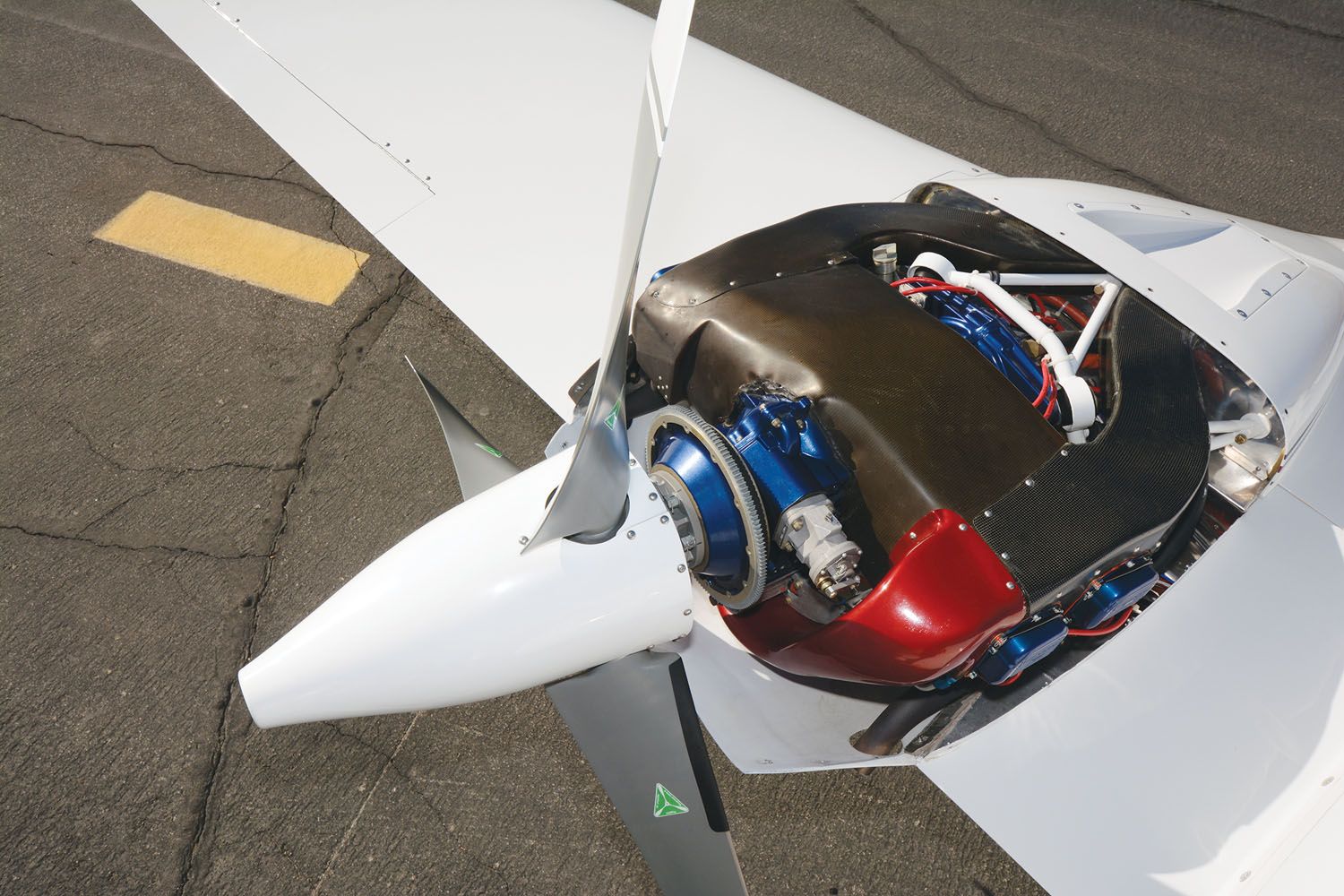
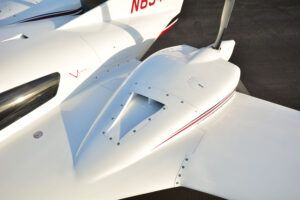
The engine kits were meticulously assembled by JB Aircraft Engines in Sebring, Florida, and are rated at 185 hp at 2700 rpm, or an additional 10 hp higher if turned 2800 rpm. Cold air induction, Silver Hawk fuel injection, P-MAGs and forward-mount propeller governors were also fitted. Befitting the “little” 360s that could be expected to run at sustained higher outputs than a pair of big, mumbling 6-cylinders throttled back to the same power level, the pistons are cooled by oil squirters. This naturally increases heat transfer to the oil and perhaps not unexpectedly, Ron saw elevated oil temperatures on his summer cross-country when bringing Star Bird home to California from its Florida build. Relocating the oil coolers lower in the cowling to receive a more direct shot of cooling air eliminated that issue.
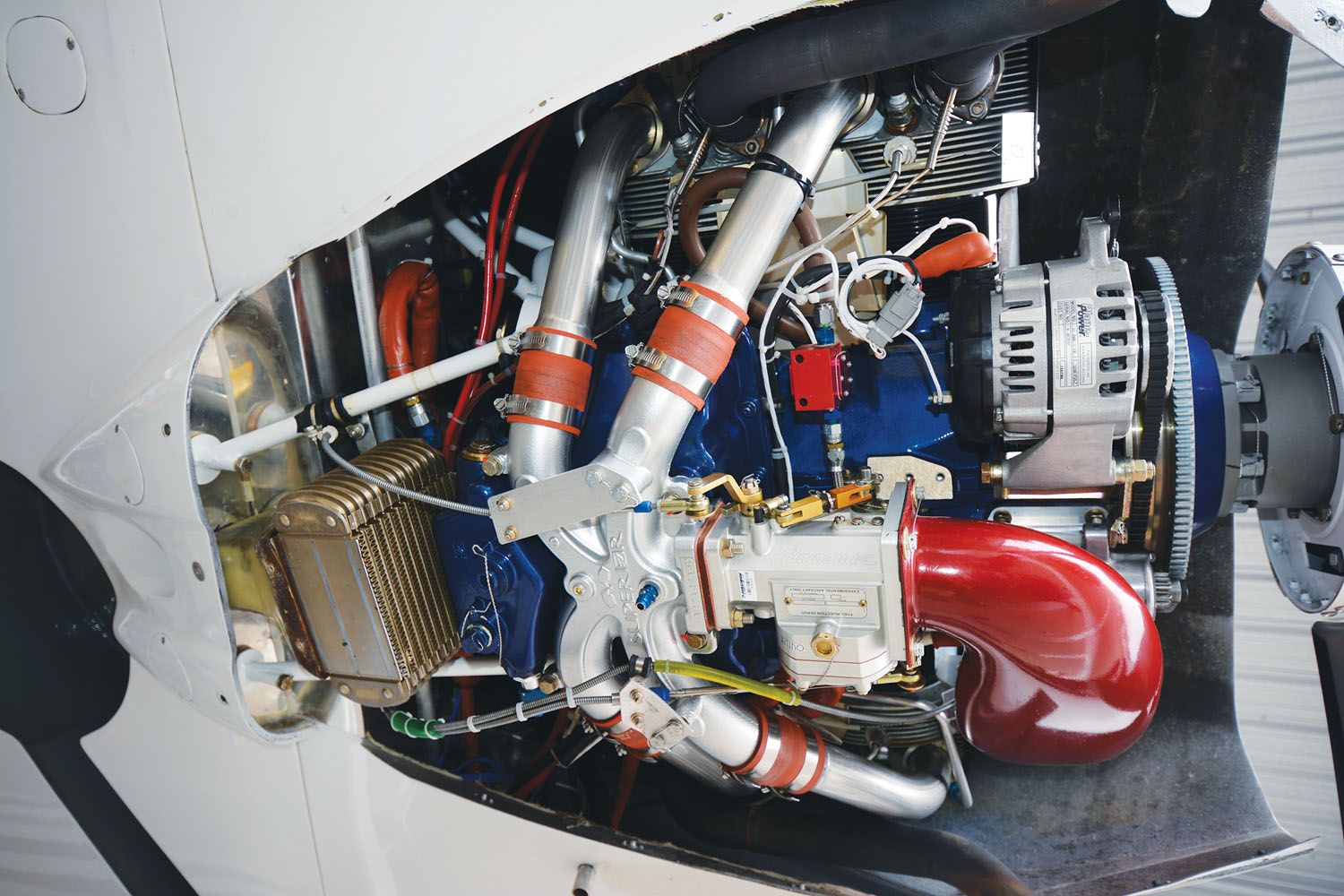
Never Finished
While Ron may have had an advanced sense of what he wanted while building Star Bird, he’s just as naturally found items to improve or add since he started flying the “completed” plane. These are detail improvements, such as adding lights to the fuel level sight gauges or wanting to swap the warning light array to a higher spot on the instrument panel. The core airplane continues to deliver on its promise of fast, safe, efficient travel, which is the perfect payoff for all the effort put into it.
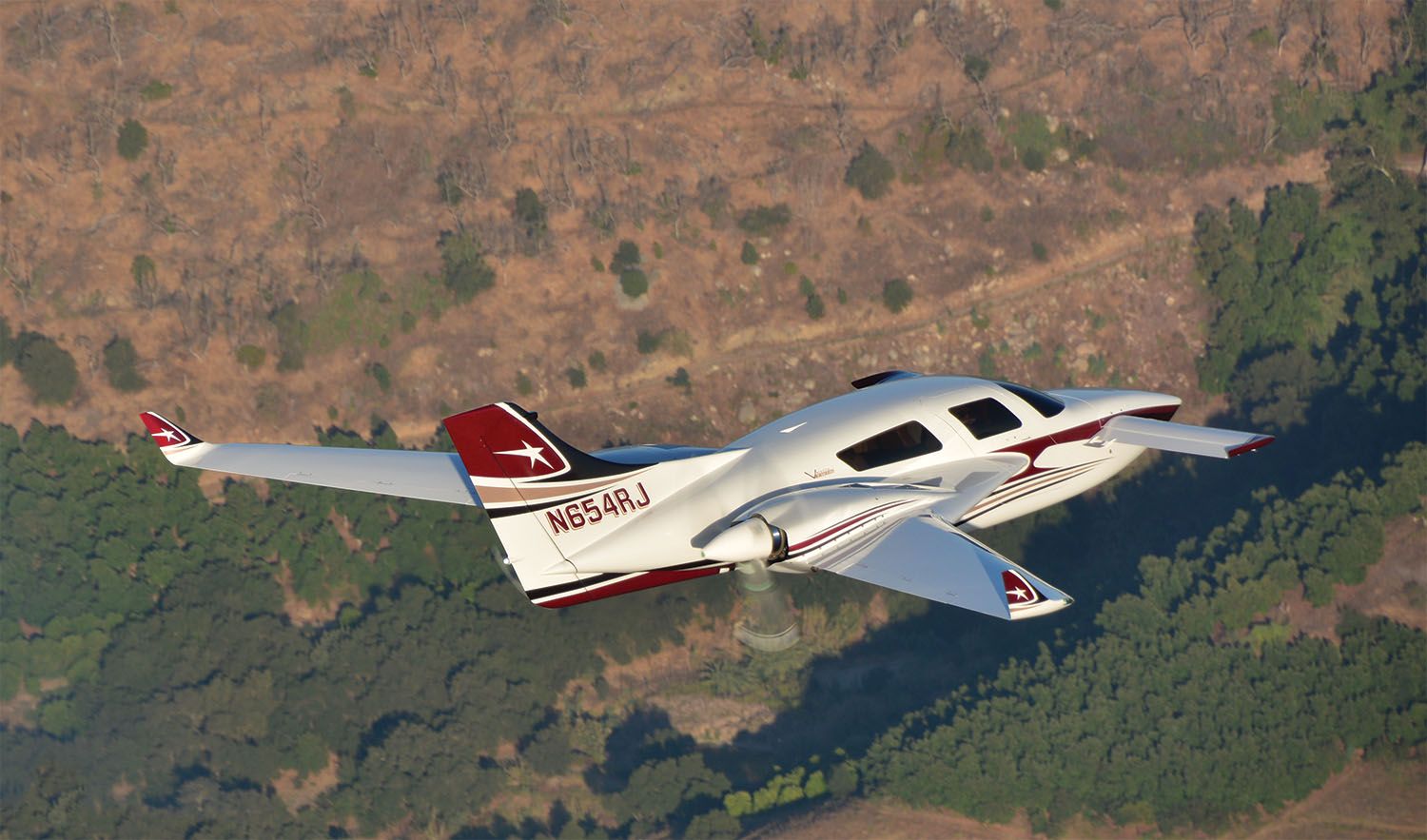
More Information: Ron Jones’ extensive website, www.legacy-innovations.com is his de facto builder’s log and a fact-rich source for anyone deeply interested in the Twin Velocity.

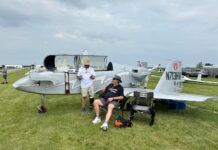
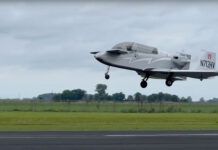
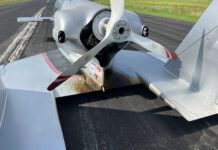
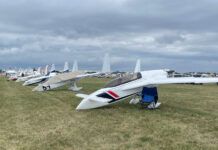
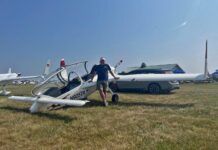
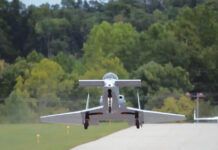
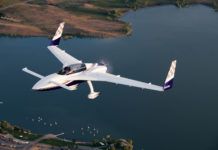
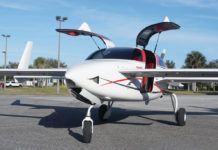

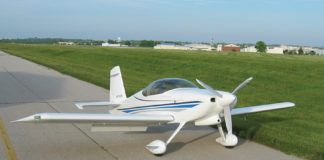
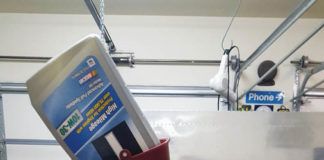
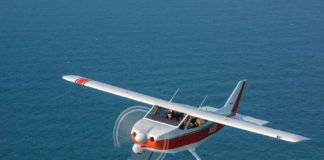

Star Bird! – What a fabulous job this bird is!.. So does Velocity store this builder’s configuration as an option now? Have they adopted any of his decisions into their standard build? What runway do I stick my thumb out on for a ride? Really a great build and article!
What an amazing accomplishment to build that in such a short time. Given this man’s credentials, he’s clearly not one to let a job drag on. Beautiful plane.
I wonder if Velocity is considering turbocharging for this airframe. Seems like it’d do well at even higher altitudes. I wonder if a pair of Rotax 915’s and their lighter weight + lower fuel consumption (smaller fuel load) would be enough?
my screen name refers to motorcycles, not this aircraft.
Didn’t say much about engine out performance, only that it would not do a conventional engine out spin. What’s Vmc? How does the plane fly on one engine? etc.